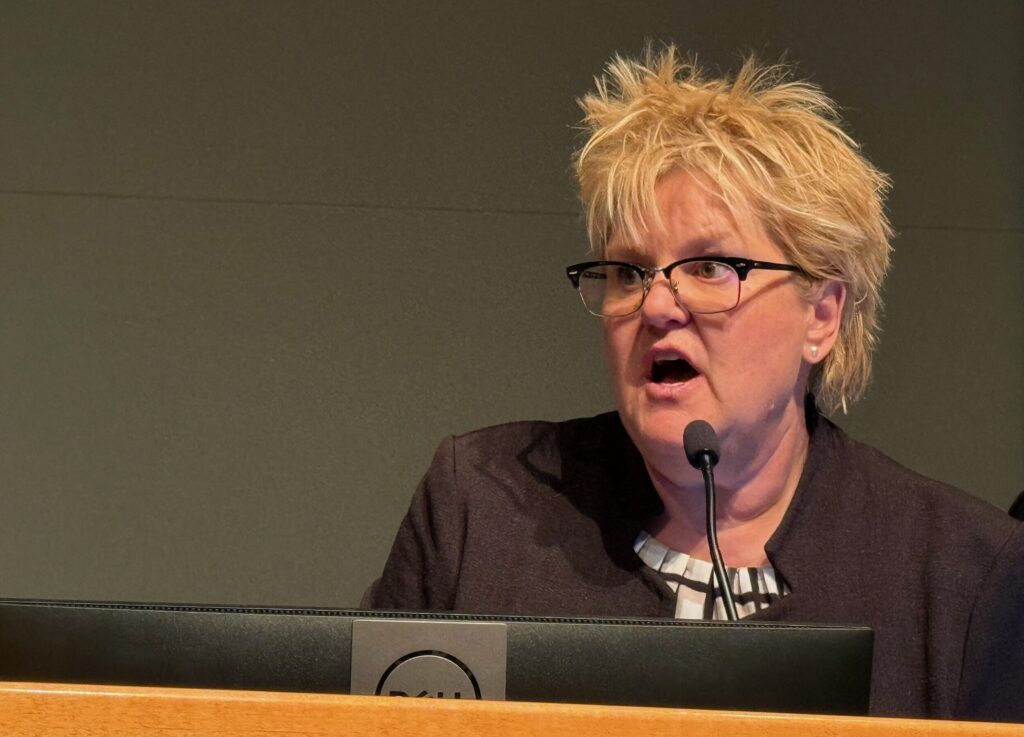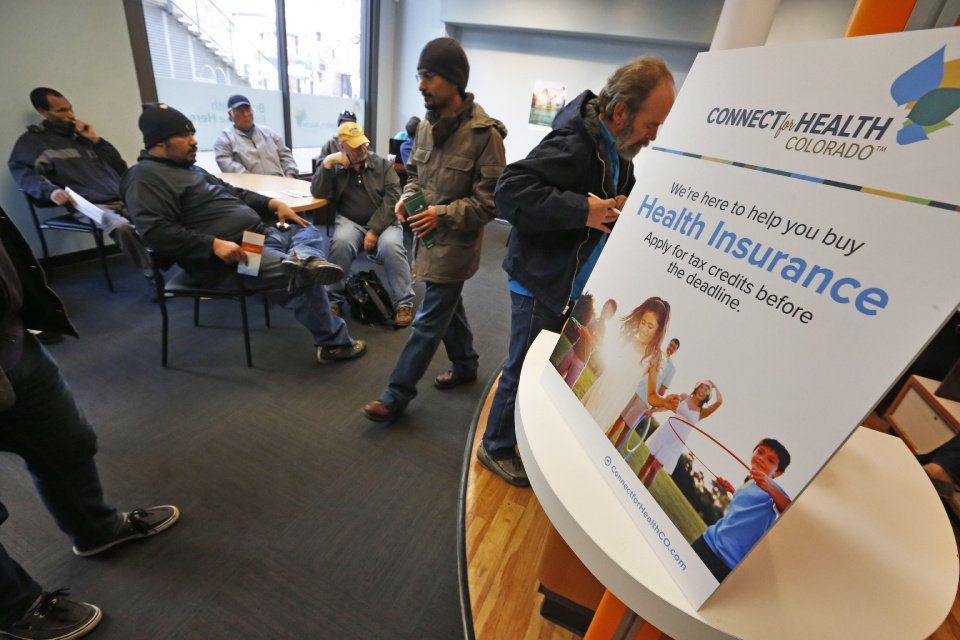Four years after legalization, Denver officials say more data needed to assess marijuana’s impact

According to a recent federal study, marijuana use among Colorado teenagers has fallen considerably in the past two years – to its lowest rate in nearly a decade.
But high school principals in parts of Denver with high concentrations of pot businesses say the opposite is true, and an organization that works with homeless youth says marijuana use is up sharply in recent years.
Homelessness, too, appears by some measures to be on the rise in Colorado – it’s the only state where the number of homeless veterans is growing – but there are conflicting indications whether legalized marijuana is a factor.
A Denver City Council special issues committee met Monday to consider those and other questions about the social impact of marijuana legalization. While the panel of experts had lots of information, there weren’t many clear answers.
“We have a lot more to learn,” said Councilwoman Kendra Black at the conclusion of the meeting, which she chaired. “We really need more data. We need to start collecting it immediately and learn what the reality is. I’m concerned about competing anecdotes, and we can’t make decisions based on anecdotes.”
Councilman Paul Kashmann wanted to know if academic performance by Denver high school students has dropped over the nearly four years since legal recreational marijuana went on sale in Colorado.
Black pointed to soaring graduation rates in Denver Public Schools, with one measure showing the Colorado rate at a six-year high. “There are so many more kids graduating from DPS,” she said. “Graduation rates are up, dropout rates are down.”
Tim McGettigan, a sociology professor at Colorado State University Pueblo and an official with the Institute for Cannabis Research at the school, however, said Kashmann had raised a question that wasn’t easily answered.
“Would you call Jeff Sessions and tell him you and I would really like to do the study you describe?” he said. “But you can’t do studies like that as long as federal government has cannabis listed among its most dangerous drugs. The FDA and other agencies won’t approve studies like that.”
And that’s the root of the problem, Black noted. Without the kind of studies the federal government funds on so many topics, officials are left without what she termed “a baseline of information so we can make decisions and set policies.”
“The big nut we need to crack is the federal government,” she added. “They need to help us collect information.”
For instance, the experts on the panel and the council members taking part in the discussion said, the kind of data available on other topics could help sort out thorny questions about marijuana use among teenagers – a fraught issue because much research shows even minimal pot use can have lasting impact on brain development in adolescents.
But so far, just bits and pieces of the data are available.
State-level data from the National Survey on Drug Use and Health was a hot topic in the news that day, showing rates of monthly teen marijuana use in Colorado down 20 percent for 2015 and 2016, as well as steep declines in the rates of teen alcohol, tobacco and heroin use.
“The more intensively we criminalize and villainize drugs, the more we create a market for users and sellers,” McGettigan said. “Oddly enough, in places like Colorado where we’ve legalized cannabis, we’ve taken some of the fun out of it.” Citing the federal data, he suggested, “It’s no fun anymore to rebel by smoking cannabis.”
But that isn’t what Councilman Chris Herndon is hearing in his northeast Denver district, including Montbello and parts of Park Hill, lower-income communities with high populations of Hispanic and African-American residents, where there’s also a high concentration of dispensaries and other pot-related businesses. When Herndon visits high schools, he said, principals tell him marijuana use among teens is still rising.
“As a body,” he said, “I believe we made a mistake limiting (marijuana business licensing) to industrial areas,” which typically are proximate to lower-income residents.
Don Burnes, a sociology professor and the founder of the University of Denver’s Burnes Center on Poverty and Homelessness, said he’s concerned about the degree the pot industry is “taking advantage of low-income communities of color. There’s a difference between manufacturing and retail, but placing parts of the industry in low-income neighborhoods, there has to be some collaboration and cooperation between industry and residents, and that isn’t happening.”
Likewise, Christina Carlson, executive director of Urban Peak, a nonprofit that works with homeless youth, said marijuana use among the population her organization serves is way up.
“We’re up to where over 80 percent of our youth are reporting it,” she said, adding that because edible marijuana products are typically more expensive and harder to obtain, the teenagers she encounters are smoking their weed, and it smells strong, so they aren’t hiding it.
“The impact on high-risk populations is different than it is generally,” she said, including youth at risk of homelessness, poverty and unstable families. “That’s a different conversation.”
And with good, useful data, Black said, officials could more confidently allocate resources, including pot taxes, toward education and prevention, or perhaps affordable housing.
Burnes said available data shows Colorado’s homeless residents aren’t flocking to the state because of legalized marijuana, despite common perceptions that the homeless are “a bunch of stoners,” an impression he called unfortunate.
Black said she would welcome more data – “we always need it” – but didn’t think there’s a strong correlation between marijuana and homelessness, at least not directly. There is some indication some people move to Colorado because they want to work in the industry but then find out that’s more difficult than they’d imagined.
“There’s probably cases where people moved here for that, and they couldn’t get a job, and then they wind up without a place to live,” she said. “Low wages and the high cost of housing are the true causes of homelessness in those cases.”
There is one situation where marijuana could be correlated with increasing numbers of homeless, McGettigan said, and that’s Colorado’s rising population of homeless veterans – the only state in the country where the numbers are going up.
There’s speculation, he said, that vets coming to the state for easy access to the drug to help manage their post-traumatic stress disorder, but the cannabis can be detected in their system. When the Veterans Administration finds veterans are using cannabis, the VA cuts benefits, including housing benefits, so some vets wind up homeless because they’re seeking treatment for their PTSD.














